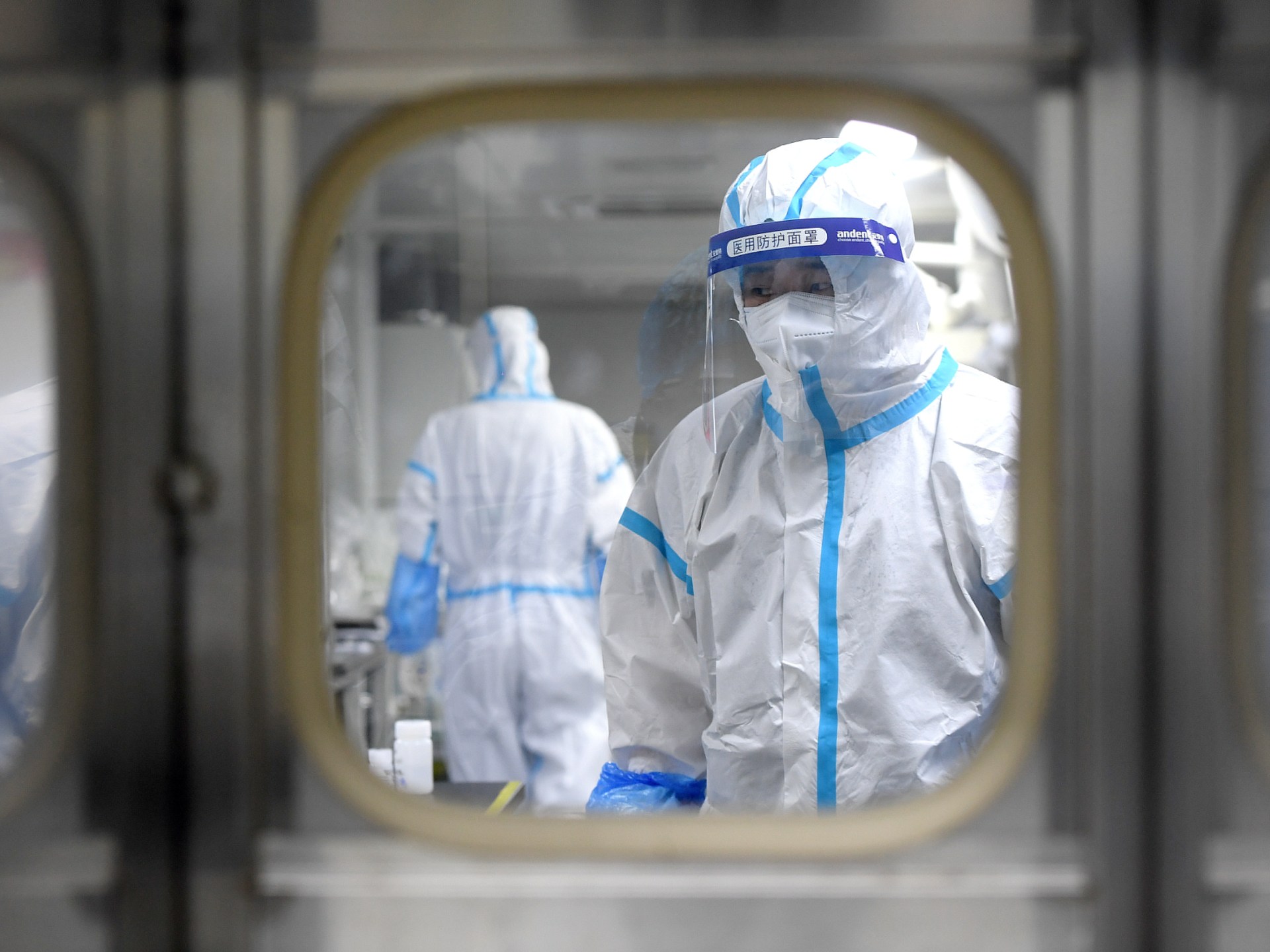Reports indicate that children’s hospitals in Beijing, Liaoning, and other Chinese cities are currently ‘overwhelmed with sick children.’
The World Health Organization (WHO) has formally requested more information from Beijing regarding a surge in mysterious pneumonia cases primarily affecting children in northern China.
In a statement on Wednesday, the United Nations health agency announced that it has asked for comprehensive details on the rise in respiratory illnesses and clusters of pneumonia in children.
China is witnessing an increase in influenza-like illnesses compared to the previous three years, particularly following the sudden abandonment of the strict zero-COVID strategy in December 2022.
The Chinese National Health Commission confirmed an uptick in the number of respiratory diseases during a recent press conference, attributing the surge to the relaxation of COVID-19 measures. They noted the spread of COVID-19 as well as other pathogens such as influenza, mycoplasma pneumoniae (a common bacterial infection affecting younger children), and respiratory syncytial virus (RSV).
Reports from the online medical community ProMED have raised concerns about a growing number of media reports citing clusters of undiagnosed pneumonia among children in northern China. Taiwanese media outlet FTV News reported a situation in which children’s hospitals in Beijing, Liaoning, and other northern regions are struggling with a high volume of sick children, leading parents to question whether they are hiding an epidemic.
ProMED highlighted the need for more specific information on this concerning illness.
The WHO stressed the importance of getting more detailed information from Beijing to understand whether the outbreak in northern China and the overall increase in respiratory infections are linked. They have requested epidemiologic, clinical, and laboratory data from the reported clusters among children and are in contact with local clinicians and scientists for additional information.
Dr. Krutika Kuppalli from the WHO’s emergency program mentioned on the social media platform X that the illness “could be anything,” advising people to stay updated on symptoms, epidemiology, and available testing.
The WHO recommended preventative measures, including updating vaccinations, maintaining social distance, wearing masks when necessary, and staying at home if feeling unwell. Testing for respiratory infections was also emphasized.
The first cases of what later became COVID-19 appeared as unexplained pneumonia in late 2019, leading to the first death from the disease in January 2020. This was the same month when China made the genetic sequence of COVID-19 publicly available.
Responding to the rapid spread and severity of the virus with “alarming levels of inaction,” the WHO declared a pandemic in March 2020.
Although a WHO team visited Wuhan to investigate the outbreak in early 2021, the origins of the virus remain unresolved.


